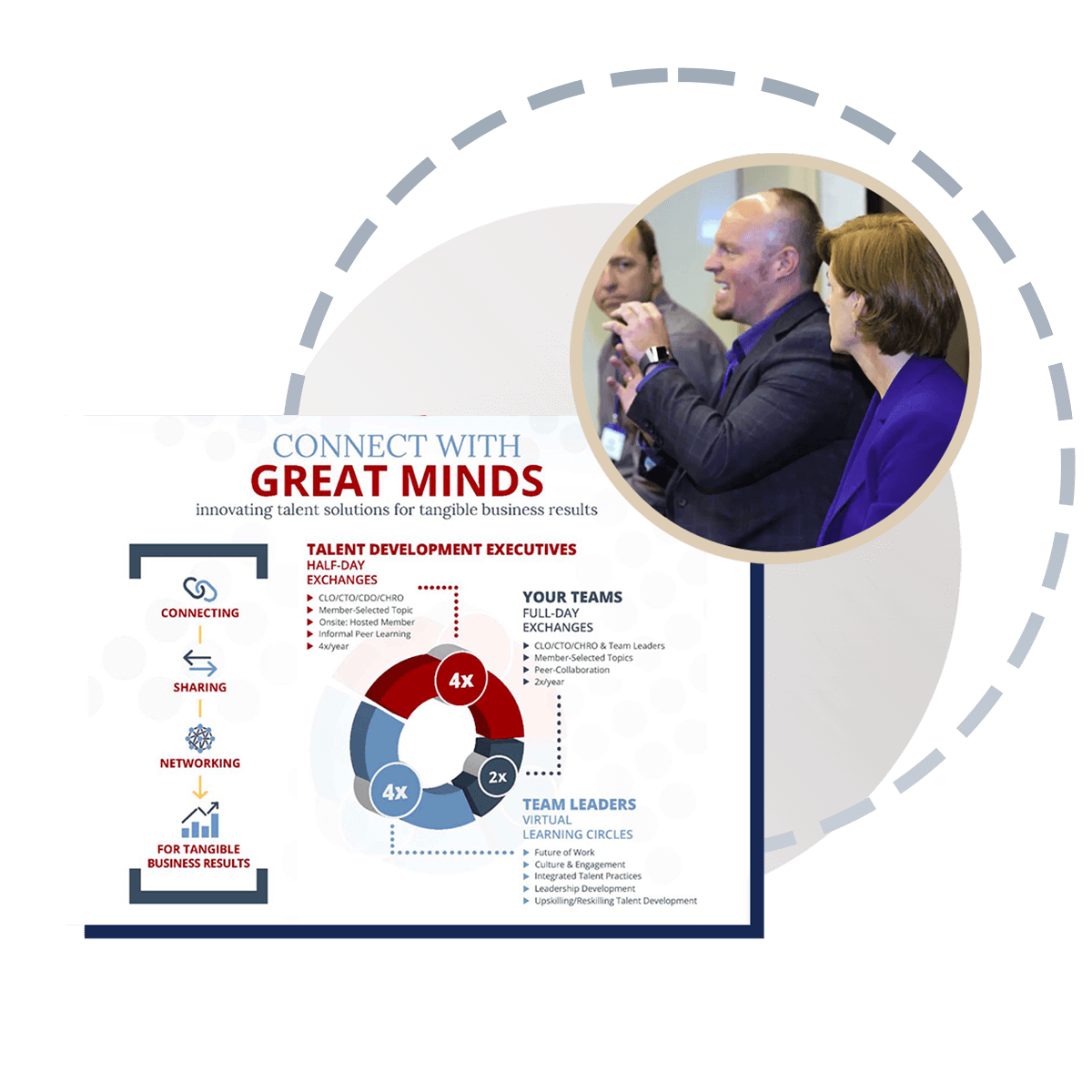Session Focus: Tips for starting and integrating skills-based talent practices
As organizations look to become more agile and competitive, adopting skills-based talent practices is becoming a strategic priority. But as Shweta Srivastava, Global Skills Leader at Microsoft, shared: "There's no perfect solution here and every company has its own journey based on what problems you are trying to solve and what you're prioritizing what your data architecture looks like and all of that."
In this insightful session on integrating a comprehensive skills strategy, Srivastava outlined Microsoft's approach and key learning so far. Here are three key takeaways:
- Developing a comprehensive skills strategy requires understanding and aligning to the specific business problems, priorities and data architecture of your organization. There is no one-size-fits-all solution.
- Getting accurate data on employees' skills and proficiency levels is critical, but challenging. Using technology for skills inference rather than assessments may be preferable.
- A skills-based approach cuts across multiple talent practices, so broad organizational change management is needed, including establishing a common skills nomenclature and determining governance models.
The session covered Microsoft's journey starting with building a robust job architecture mapped to critical skills. The next focus is prioritizing important capabilities aligned with business strategy and organizing granular skills into hierarchies. Major workstreams include unlocking workforce skills data, building a skills ontology, enabling skills-based talent cycles, and change management.
Srivastava emphasized there are no perfect answers, as companies need to experiment based on their unique challenges. The presentation shared valuable insights into taking a comprehensive, integrated approach to skills strategy.
